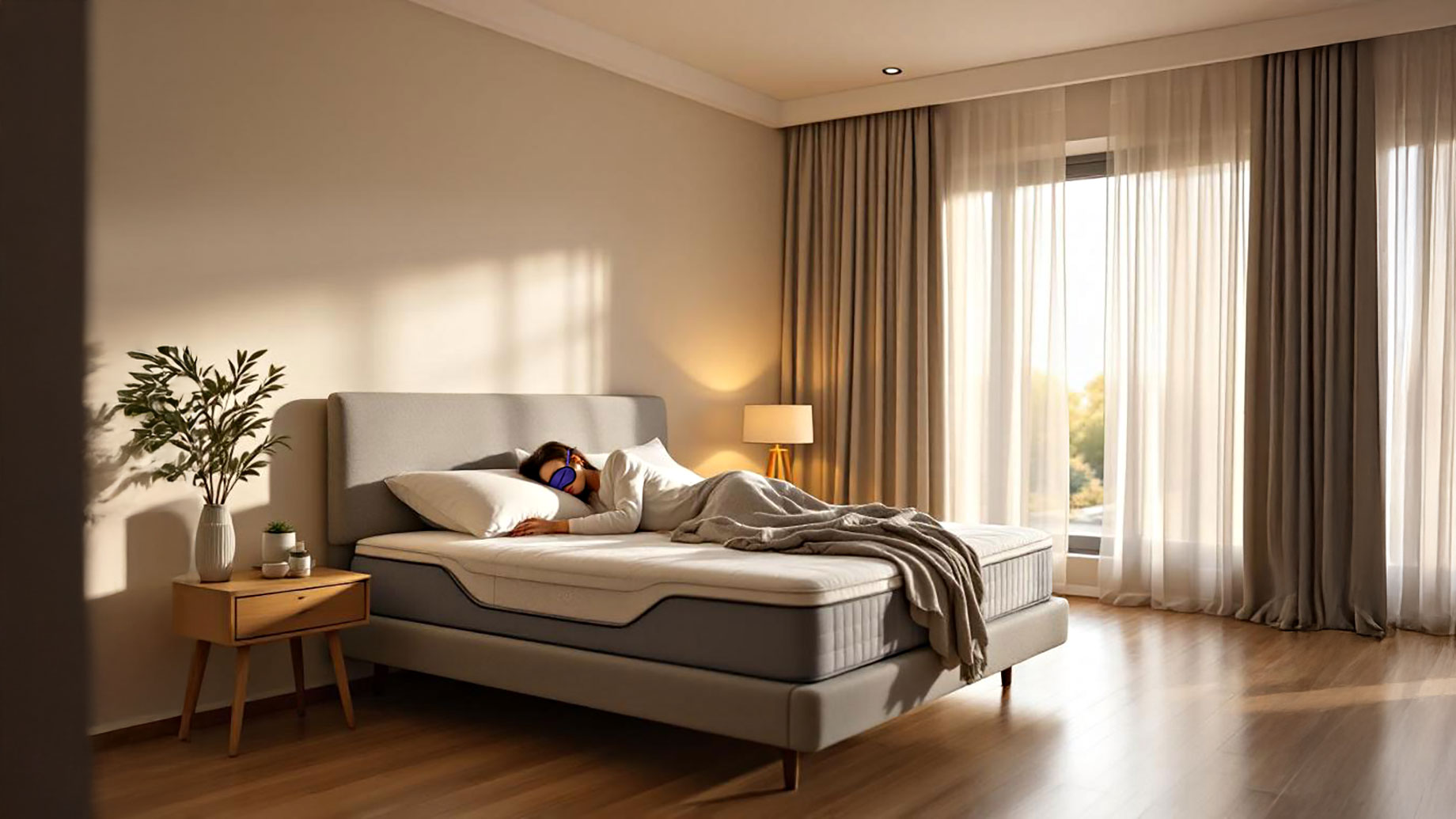
Quality sleep starts with having the right mattress rather than investing in fancy linens or ambient lighting. You need to replace your mattress with an orthopaedic model if you experience muscle discomfort, lower back pain, and a lack of sufficient support. Your body alignment improves through this mattress, which results in a more rested state upon waking up. This type of mattress exists in various constructions throughout the market. Choosing suitable features from various mattress options stands as essential for making the right purchase. Various standard evaluations enable you to choose the best ortho mattress that meets your needs.
Why The Right Support Makes A Difference
Supportive mattress does not only refer to mattress firmness, it is to how it can keep your body straight throughout sleep.
Spine alignment is the main goal
An orthopaedic mattress is expected to keep your back straight in various sleeping positions. This releases tension and prevents morning stiffness.
Even support matters for joints
A mattress designed for orthopaedic support should maintain a straight posture for your back throughout different sleeping positions. Sagging surfaces on a mattress increase body pain because they do not distribute weight properly.
Better support leads to deeper rest
When your mattress takes the responsibility of supporting you in the right position, then you will be less inclined to turn and roll during bedtime. It also means more rested sleep and less stressful mornings.
How Firm is An Orthopaedic Mattress?
The level of firmness depends on individuals, but indeed, no level of firmness will fall into one category. Being aware of what is too soft or what is too hard limits the options.
Medium-firm suits most sleepers
This is the most balanced feel, with enough pushback to support your back but still soft enough to stop your shoulders and hips from feeling squashed.
Heavier people often prefer firm
In case of people with more weight, a harder mattress can eliminate excessive sinking. It also retains shape longer and keeps more alignment with the body.
Tested firmness can help guide your choice
In case you can test a mattress in real life, that is great. But if not, look for those rated using standard firmness scales to compare products fairly.
Brands like Sonno Beds clearly list firmness ratings across their orthopaedic range, making comparisons easier for buyers seeking specific support levels.
Which Materials Should You Look For?
Your choice of mattress can only be as good as what is placed inside. Materials affect everything from support to breathability.
Foam contours to your shape
High-density foam responds to your body’s outline. It offers even pressure and is especially useful if you sleep on your side.
Pocket springs provide bounce and structure
These are individual coils wrapped in fabric, offering targeted support and helping the mattress respond better to movement.
Hybrid mattresses combine the two
A foam and spring combination can provide support and softness due to the layers. These are great if you need a bit of contouring without giving up bounce or airflow.
How Can You Tell It’s Built To Last?
A mattress is an investment, so it’s worth making sure it won’t lose shape after just a year or two.
Look for a decent depth
Mattresses that are thicker are more supportive and are more long-lasting. To be long-lasting, you should go at least 20cm deep.
Edge strength keeps the shape consistent
Well-built mattresses won’t sink when you sit on the side. Strong edges help with durability and make the mattress feel bigger and more stable.
Finishing touches matter too
Check for quality covers, strong stitching, and breathable materials. These characteristics determine both the cleaning duration and structural stability of the mattress.
Does the Mattress Have Other Features Before You Make Your Purchase?
Beyond firmness and materials, a few extra touches can make life easier.
Removable covers help with hygiene
Some mattresses come with washable or zip-off covers. These are useful if you want to keep your bed fresher without having to lift the whole thing.
Cooling features help with comfort
Memory foam is able to retain heat. In the event you still feel warm at night, then you may need an open-cell foam or a mattress with spaces where heat can penetrate easily.
Weight and handling
The construction of orthopaedic mattresses often makes them heavy. If you will need to move or turn yours, also ensure they have handles or get the ones that do not need to be flipped.
Final Thoughts
Selecting a mattress doesn’t require maximum cost, but it requires durability based on your individual needs. Quality ortho mattresses should provide spinal support combined with pressure relief for joints and complete restful sleeping without disturbance. Your search for the best ortho mattress depends on how you sleep, together with your personal needs and estimated lifespan. The proper combination of firmness levels, materials, and support systems will create restful sleeping conditions that result in improved evenings and mornings.